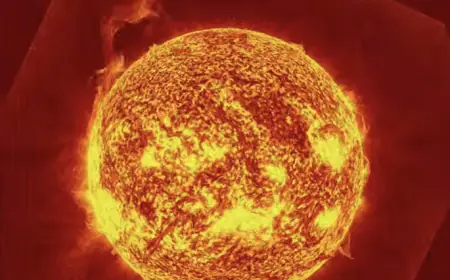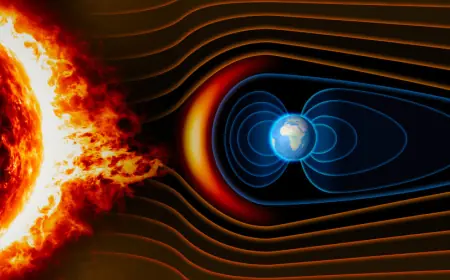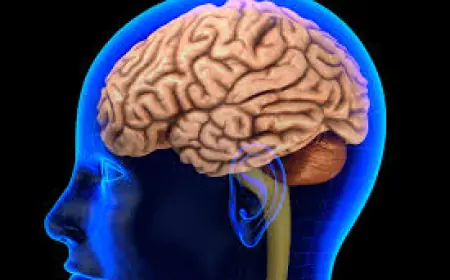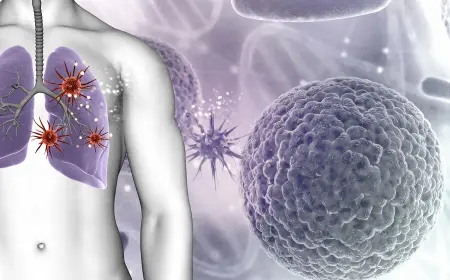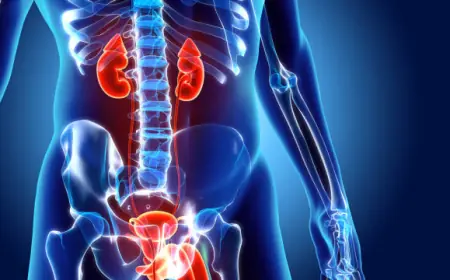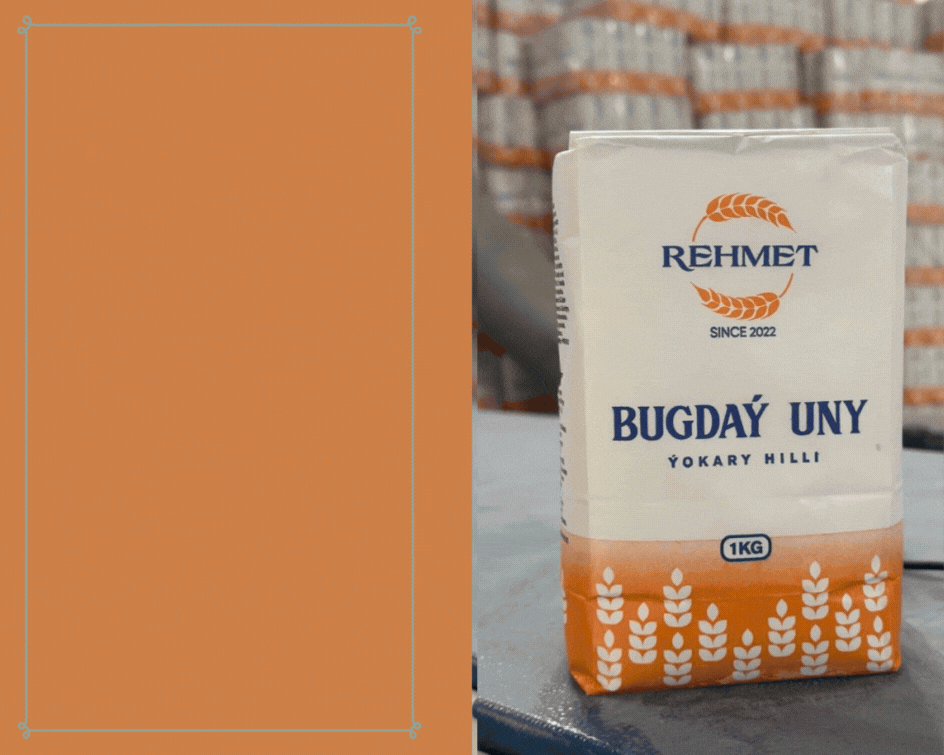New Way to Speed Up Heart Recovery After a Heart Attack Found

CR: The Circ-CDR1as Molecule Helps Restore Heart Cells After a Heart Attack
Scientists from the Lewis Katz School of Medicine at Temple University (USA) have discovered a previously unknown mechanism that helps the heart recover after a heart attack. According to the journal Circulation Research (CR), the key role in this process is played by a special molecule — circular RNA Circ-CDR1as.
What Is Circular RNA?
Circular RNA is a molecule whose ends are joined together, forming a loop. In recent years, such molecules have been used as biomarkers for diagnosing and identifying various diseases.
In experiments on mice, researchers found that Circ-CDR1as helps immune cells switch into “healing mode” and reduces inflammation in damaged tissues.
The Role of Macrophages
According to the researchers, a special group of cells called macrophages plays a crucial role in heart regeneration after injury.
They first destroy pathogens and dead cells, then trigger the healing process. However, after a heart attack, the level of Circ-CDR1as drops sharply, disrupting their function and slowing heart recovery.
Experimental Results
When scientists restored the normal concentration of this molecule, the heart tissue in animals recovered faster, and the damaged area decreased.
Future Prospects
The authors believe this discovery could become the foundation for developing new drugs that activate the heart’s natural regeneration mechanisms. However, further human studies are required before such medicines can be created.

